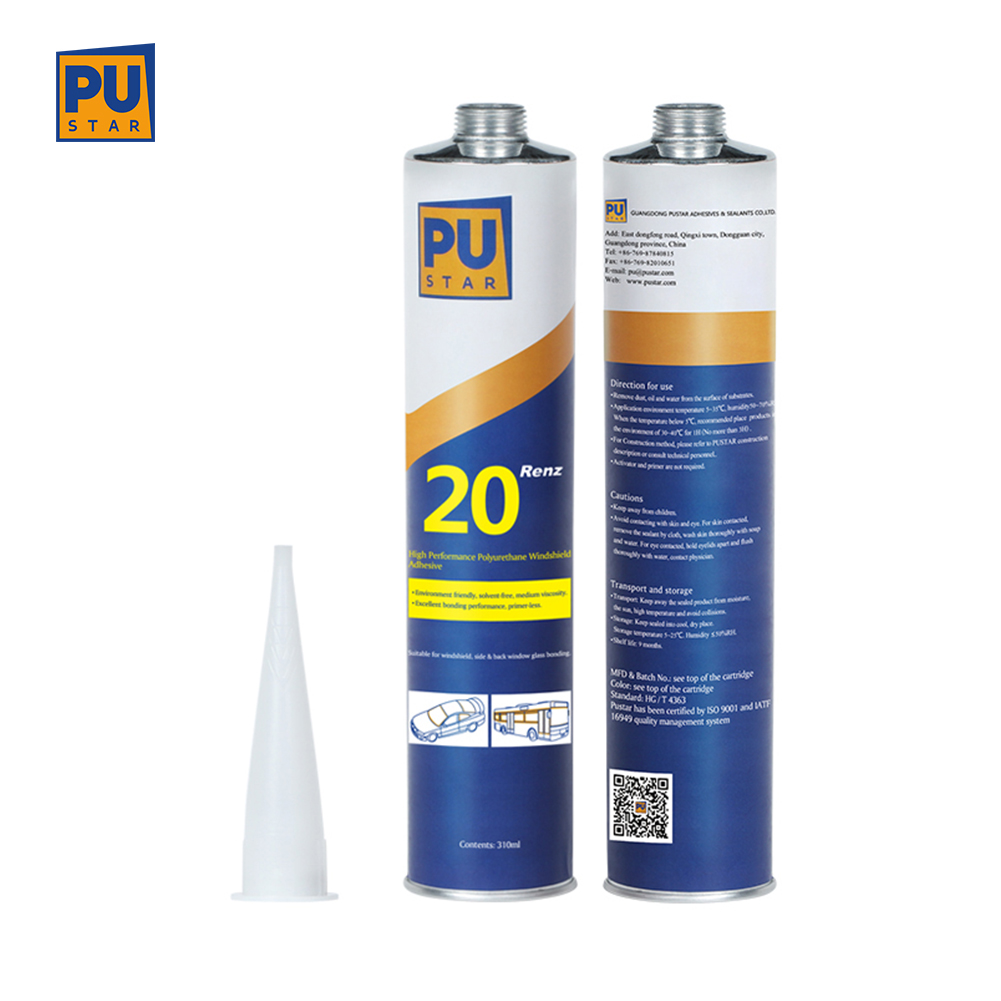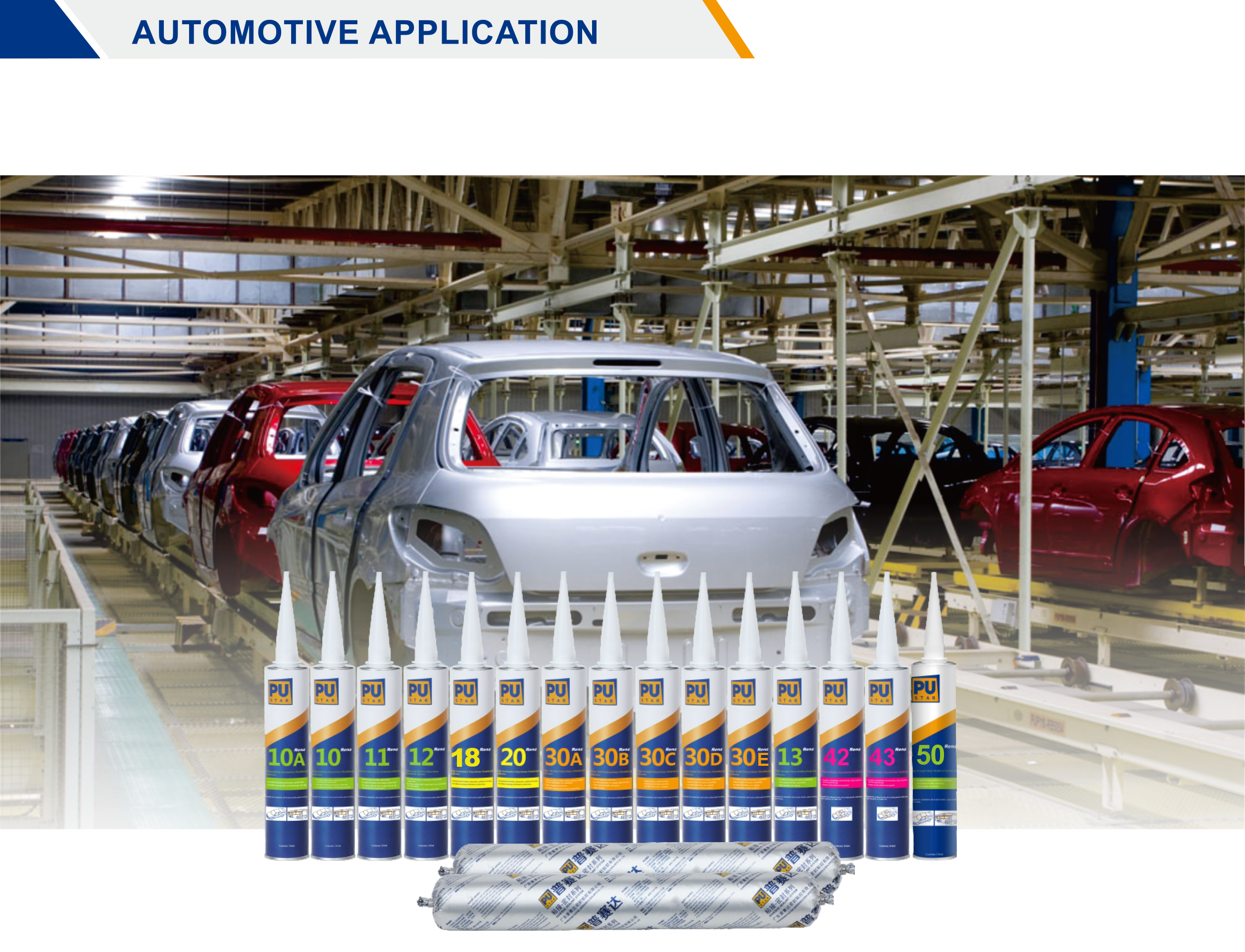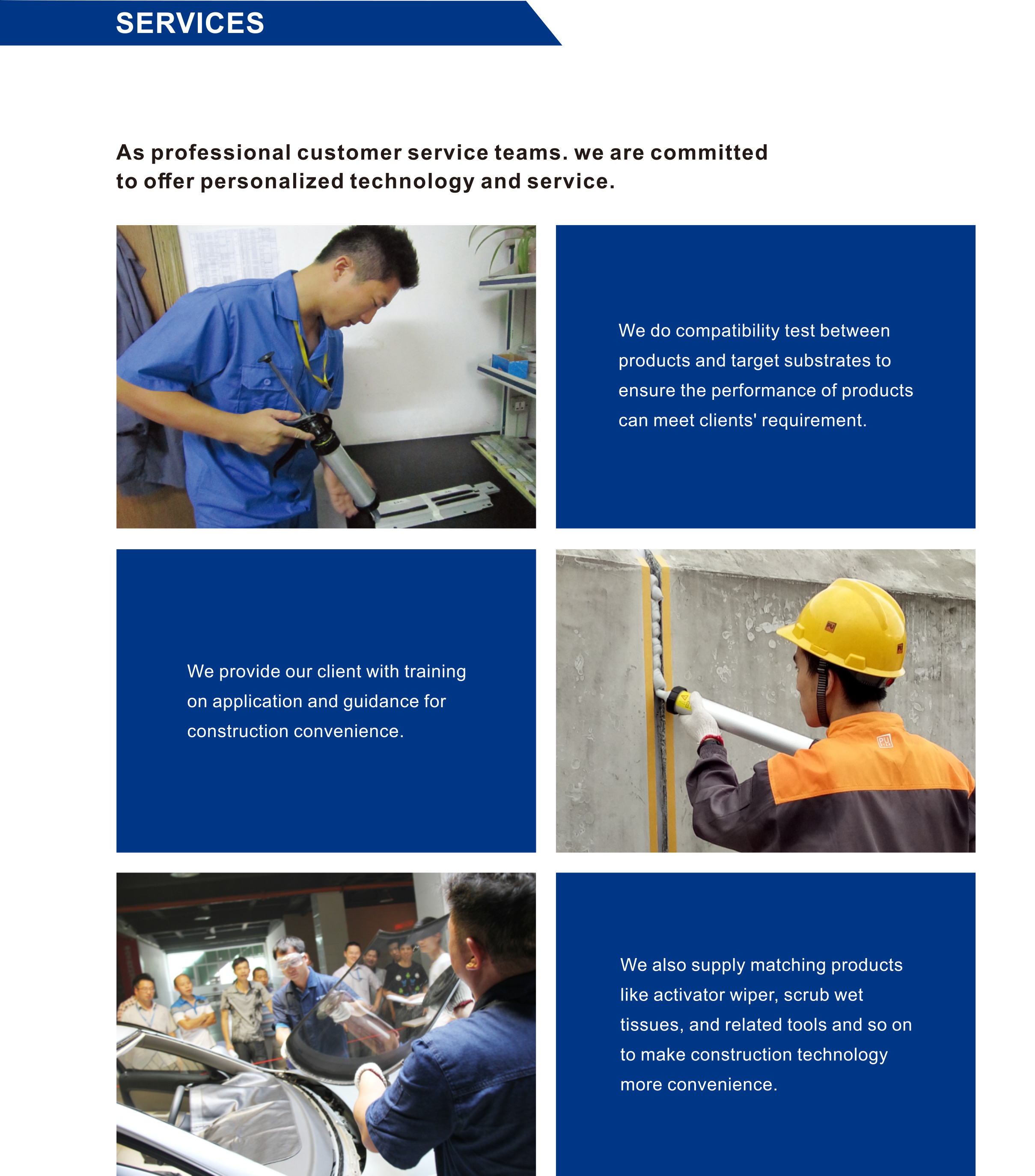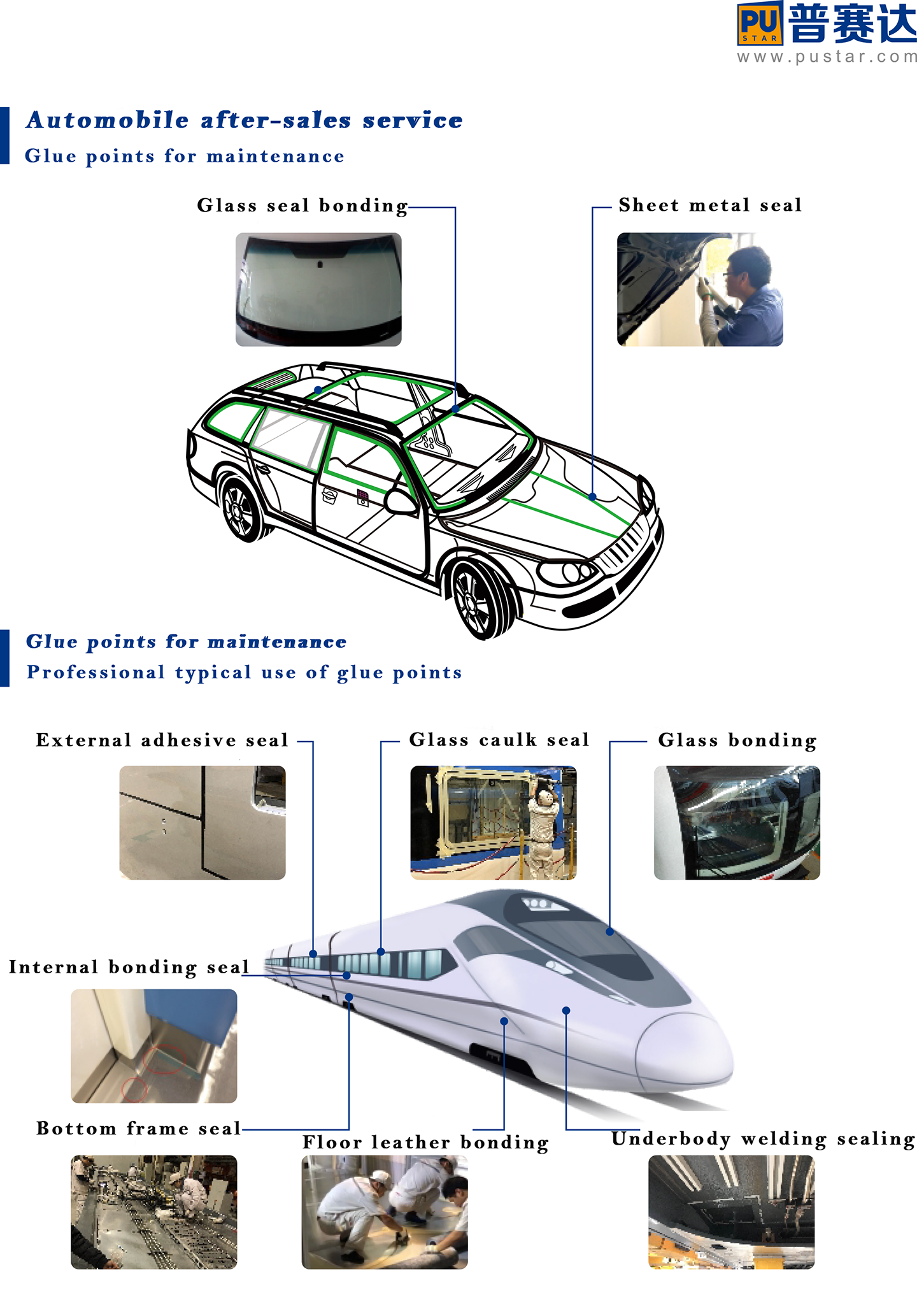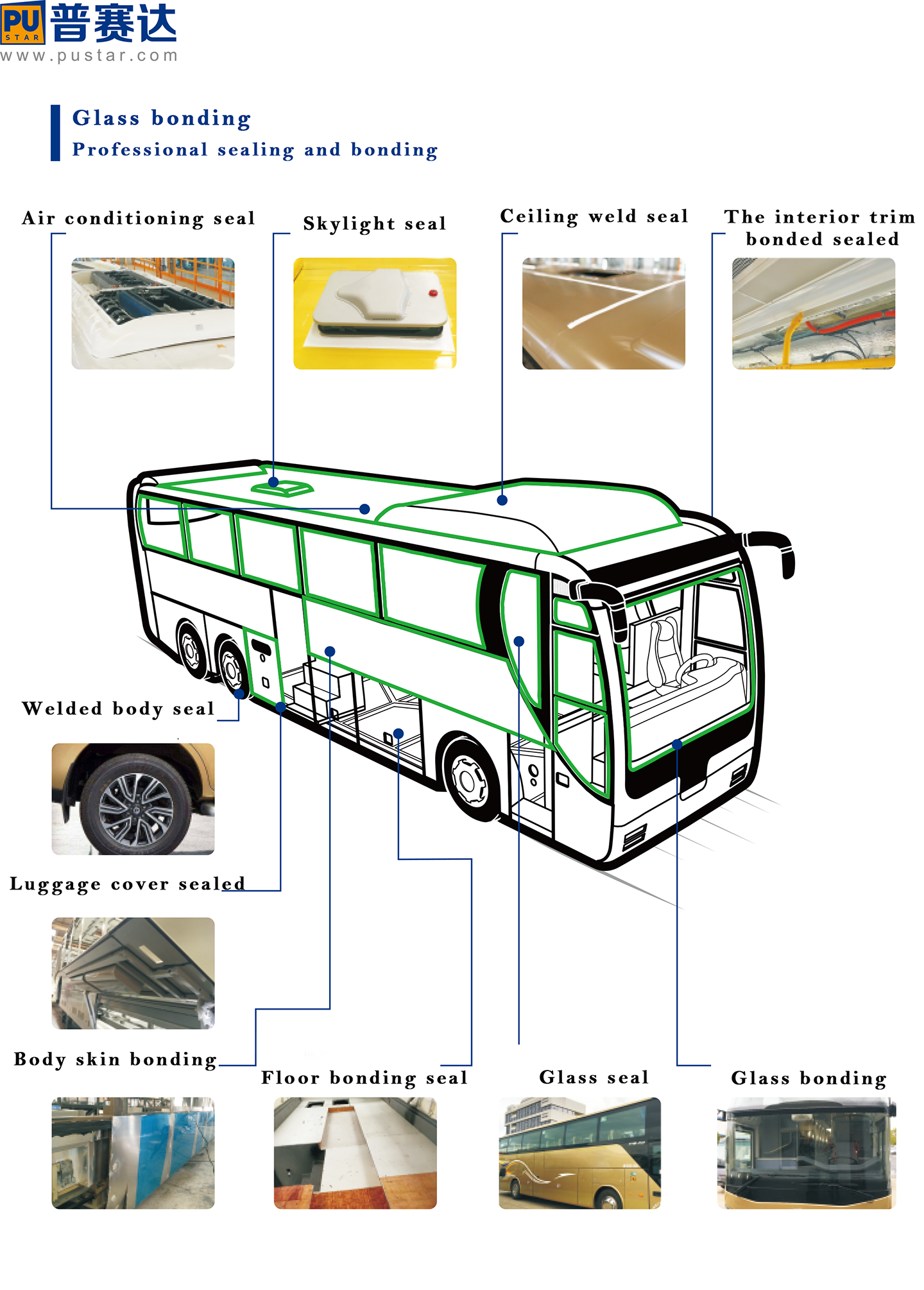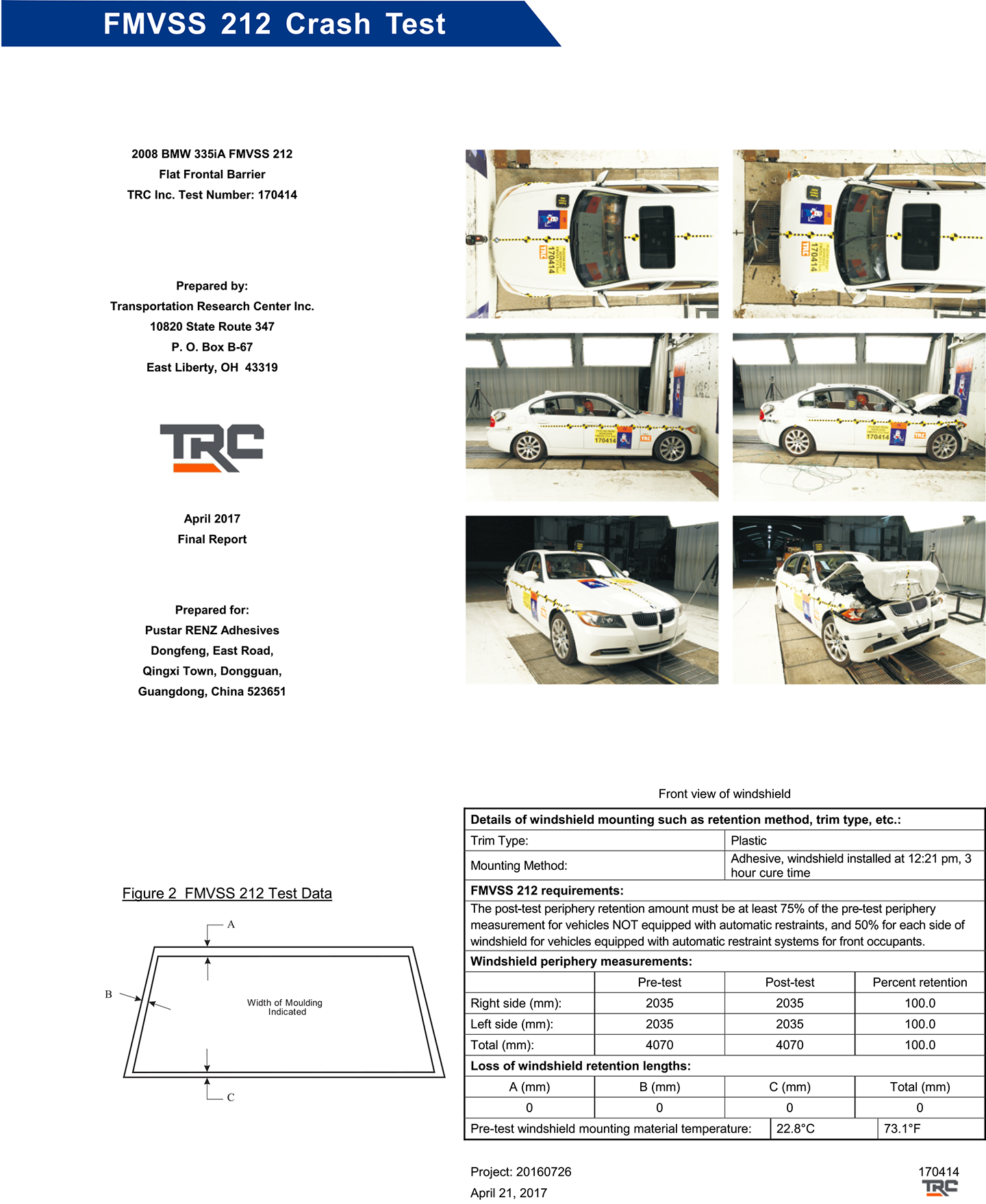Automotive repair polyurethane sealant primer
Product Description
Investing in our automotive windshield sealant means investing in the safety and longevity of your auto glass. You can rely on our products to enhance the overall performance of your windshield or car window, ensuring a smooth and safe drive. We pride ourselves on our commitment to quality, and our primers are no exception. We invest extensive research and expertise into developing primers that meet the highest industry standards, making them the first choice for automotive glass installation.
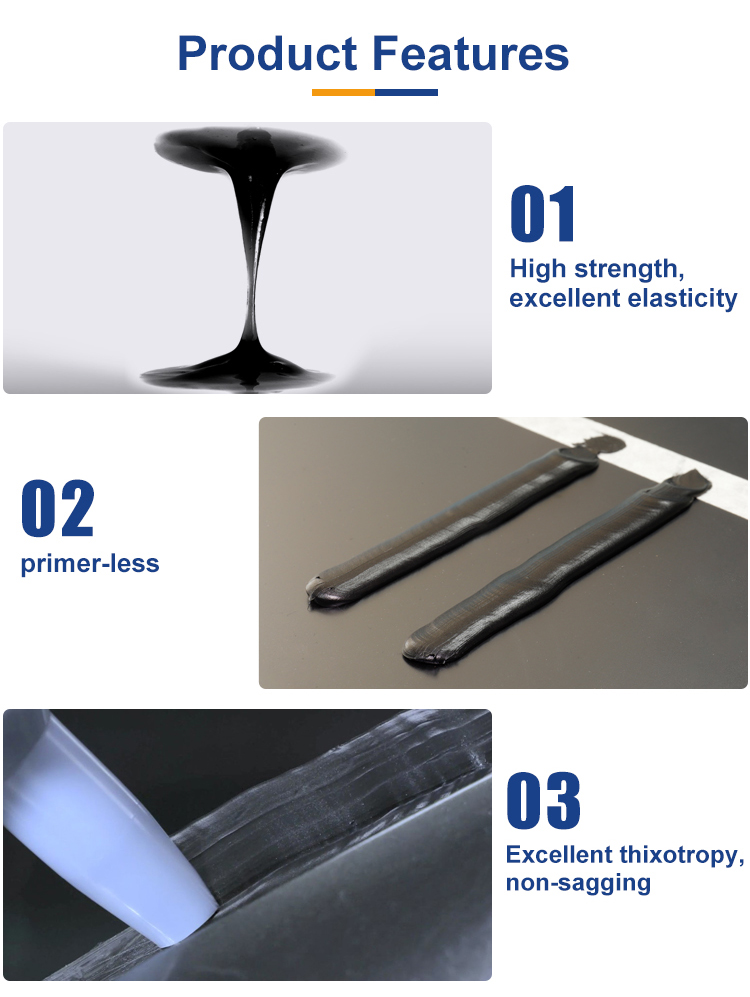
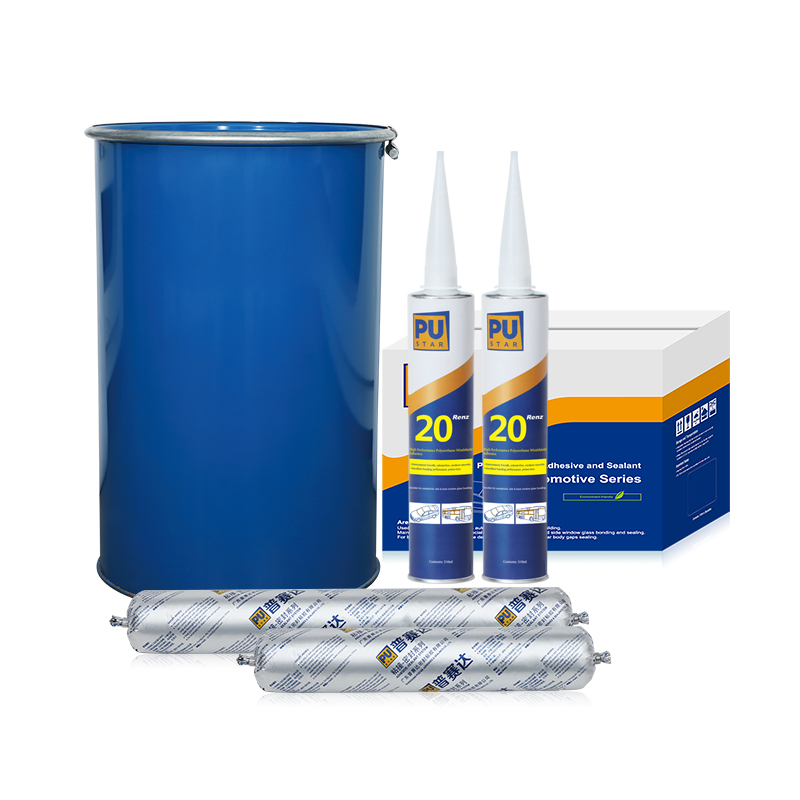
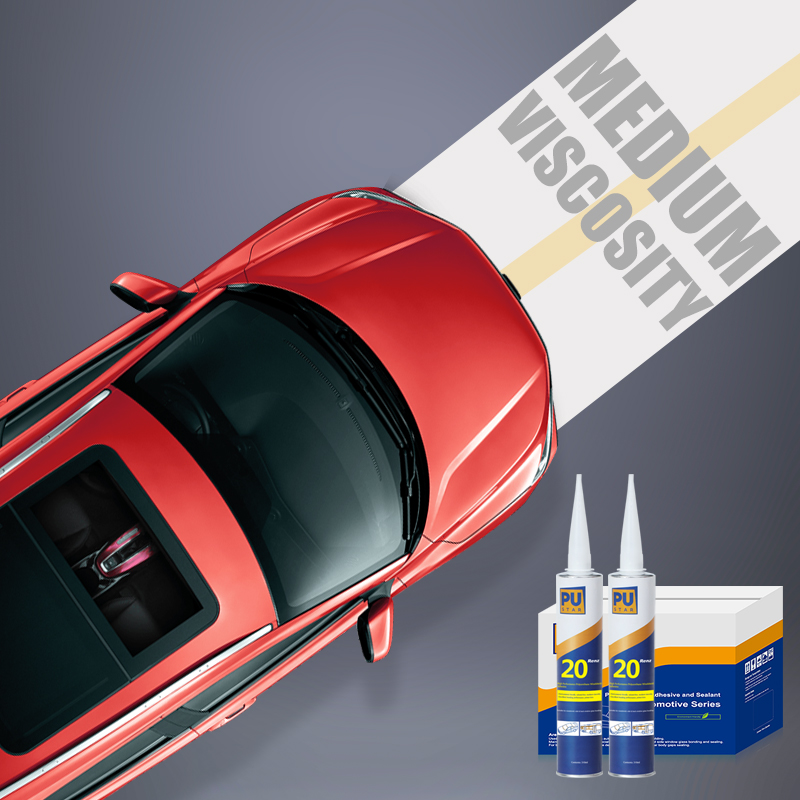
Areas of Application
Renz-20 is designed for direct-glazing applications with mineral glass-based windows in the Transportation OEM and repair markets. This product is suitable for professional users only. Tests with actual substrates under current conditions must be performed to ensure adhesion and material compatibility.
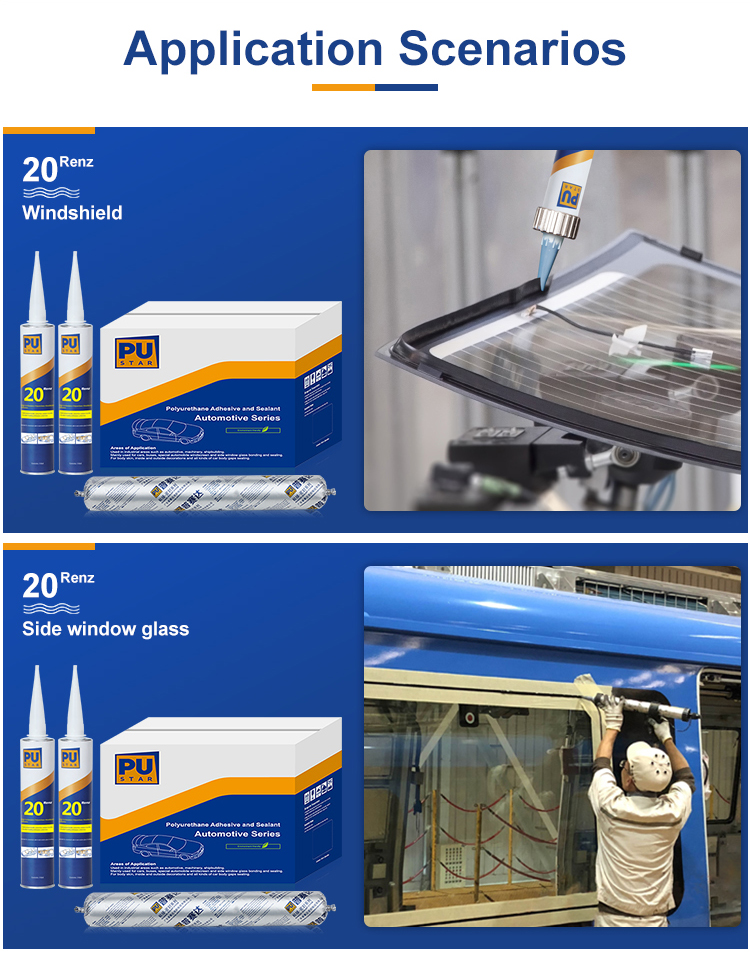
Packing Specification
Cartridge: 310ml
Sausage: 400ml / 600ml
Drum: 240KGS / 260KGS
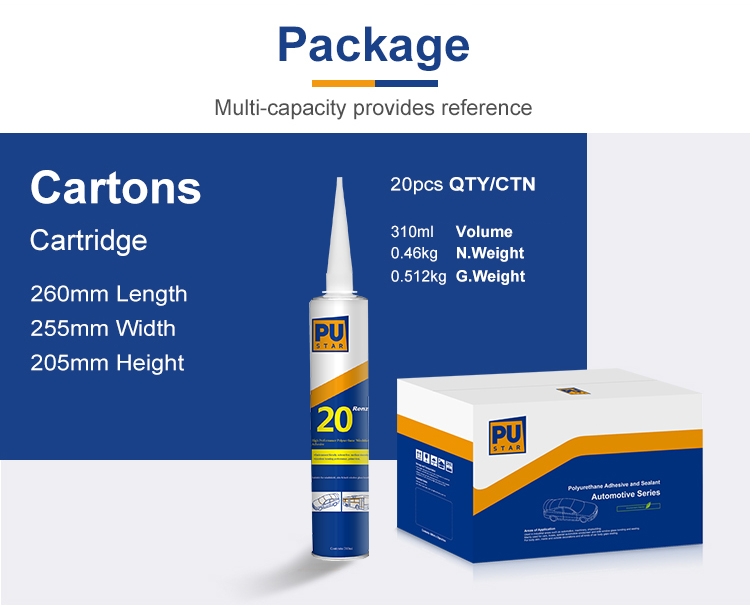
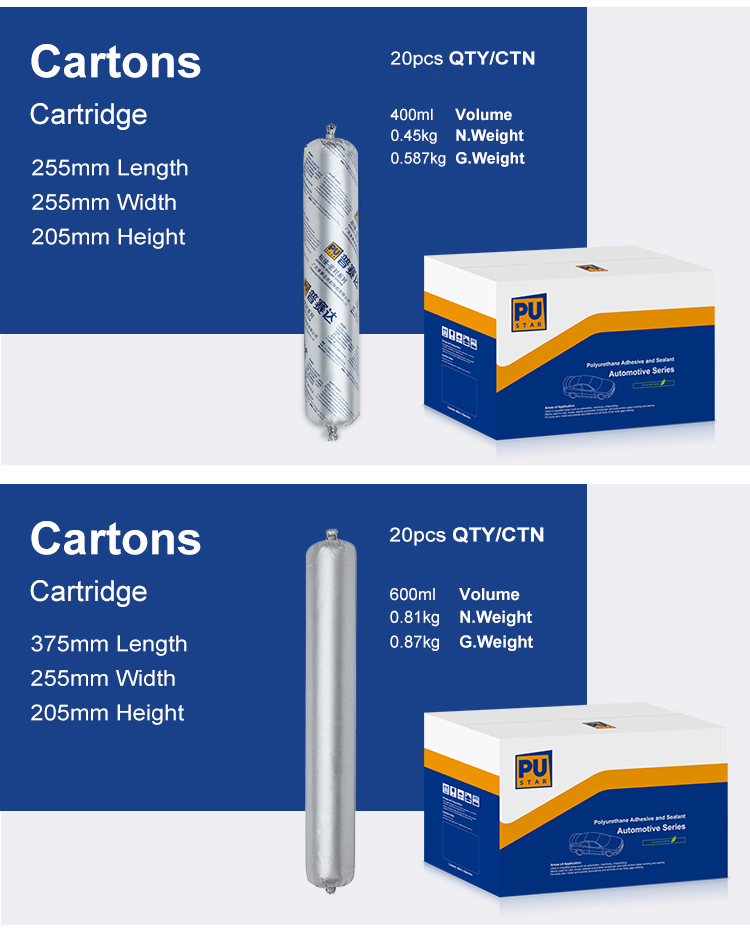
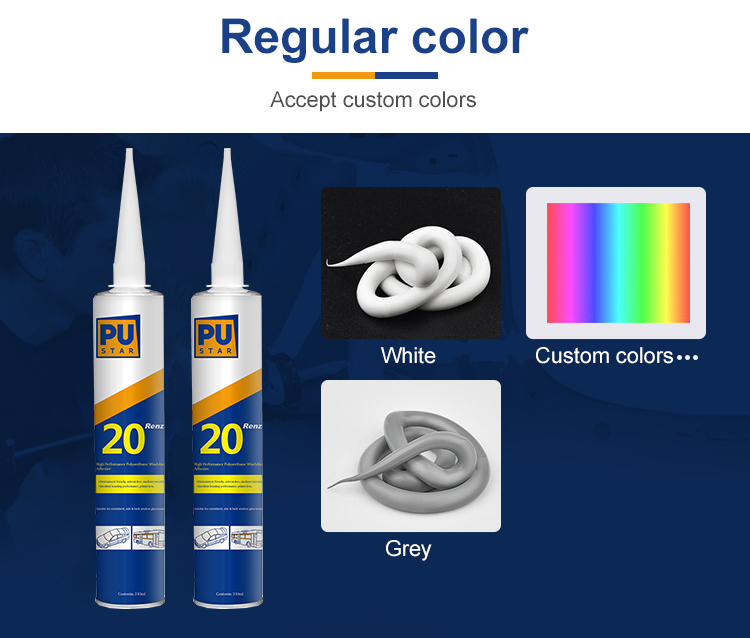
Technical Data①
| Renz 20 | ||
| Items | Standard | Typical Value |
| Appearance | Black, homogenous paste | / |
| Density GB/T 13477.2 | 1.3±0.1 | 1.36 |
| Extrudability ml/min GB/T 13477.4 | ≥60 | 75 |
| Sagging properties(mm) GB/T 13477.6 | ≤0.5 | 0 |
| Tack free time②(min) GB/T 13477.5 | 20~40 | 35 |
| Curing speed(mm/d) HG/T 4363 | ≥3.0 | 3.2 |
| Volatile contents(%) GB/T 2793 | ≥98 | 99 |
| Shore A-hardness GB/T 531.1 | 55~65 | 60 |
| Tensile strength MPa GB/T 528 | ≥6.0 | 6.5 |
| Elongation at break % GB/T 528 | ≥400 | 450 |
| Tear strength( N/mm) GB/T 529 | ≥8.0 | 10 |
| Tensile-shear strength(MPa) GB/T 7124 | ≥3.0 | 3.2 |
| Operating temperature(℃) | -40~90 | |
 Guangdong Pustar Adhesives & Sealants Co., Ltd. is a professional manufacturer of polyurethane sealant and adhesive in China. The company integrates scientific research, production and sales. It not only has its own R&D technology center, but also cooperates with many universities to build a research and development application system.
Guangdong Pustar Adhesives & Sealants Co., Ltd. is a professional manufacturer of polyurethane sealant and adhesive in China. The company integrates scientific research, production and sales. It not only has its own R&D technology center, but also cooperates with many universities to build a research and development application system. 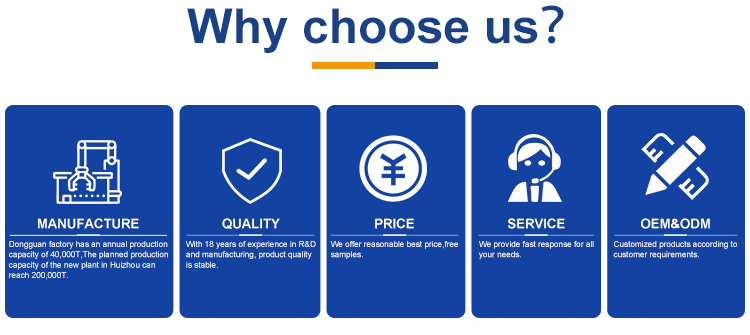 The self-owned brand “PUSTAR” polyurethane sealant has been highly praised by customers for its stable and excellent quality. In the second half of 2006, in response to changes in market demand, the company expanded the production line in Qingxi, Dongguan, and the annual production scale has reached more than 10,000 tons.
The self-owned brand “PUSTAR” polyurethane sealant has been highly praised by customers for its stable and excellent quality. In the second half of 2006, in response to changes in market demand, the company expanded the production line in Qingxi, Dongguan, and the annual production scale has reached more than 10,000 tons. 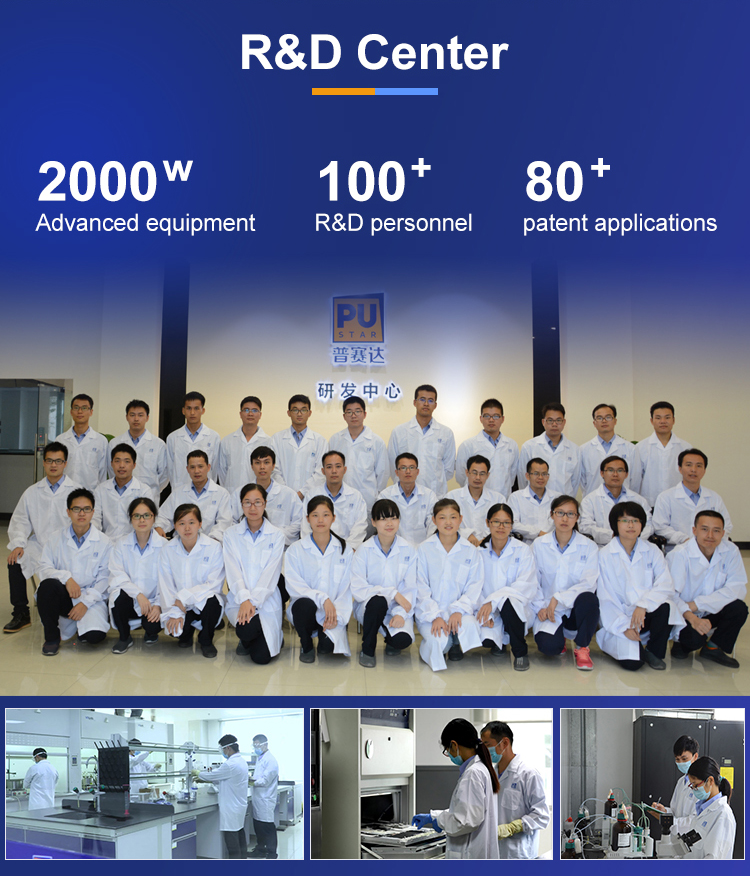 For a long time, there has been an irreconcilable contradiction between technical research and industrial production of polyurethane sealing materials, which has restricted the development of the industry. Even in the world, only a few companies can achieve large-scale production, but because of their super strong Adhesive and sealing performance, its market influence is gradually expanding, and the development of polyurethane sealant and adhesives surpassing traditional silicone sealants is the general trend.
For a long time, there has been an irreconcilable contradiction between technical research and industrial production of polyurethane sealing materials, which has restricted the development of the industry. Even in the world, only a few companies can achieve large-scale production, but because of their super strong Adhesive and sealing performance, its market influence is gradually expanding, and the development of polyurethane sealant and adhesives surpassing traditional silicone sealants is the general trend. 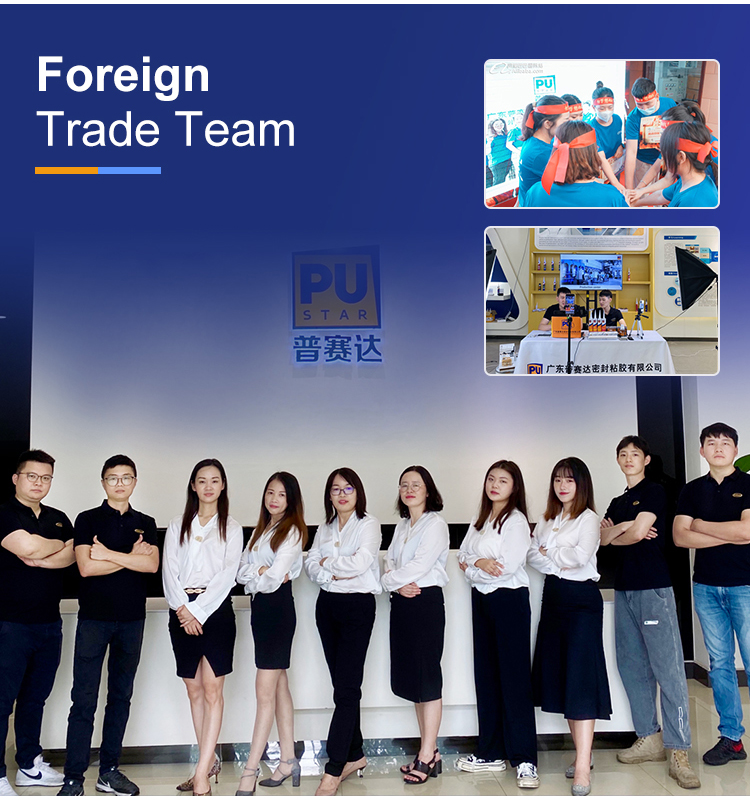 Following this trend, Pustar Company has pioneered the “anti-experiment” manufacturing method in the long-term research and development practice, opened up a new road to large-scale production, cooperated with a professional marketing team, and has spread all over the country and exported to the United States, Russia and Canada. And Europe, the application field is popular in automobile manufacturing, construction and industry.
Following this trend, Pustar Company has pioneered the “anti-experiment” manufacturing method in the long-term research and development practice, opened up a new road to large-scale production, cooperated with a professional marketing team, and has spread all over the country and exported to the United States, Russia and Canada. And Europe, the application field is popular in automobile manufacturing, construction and industry. 
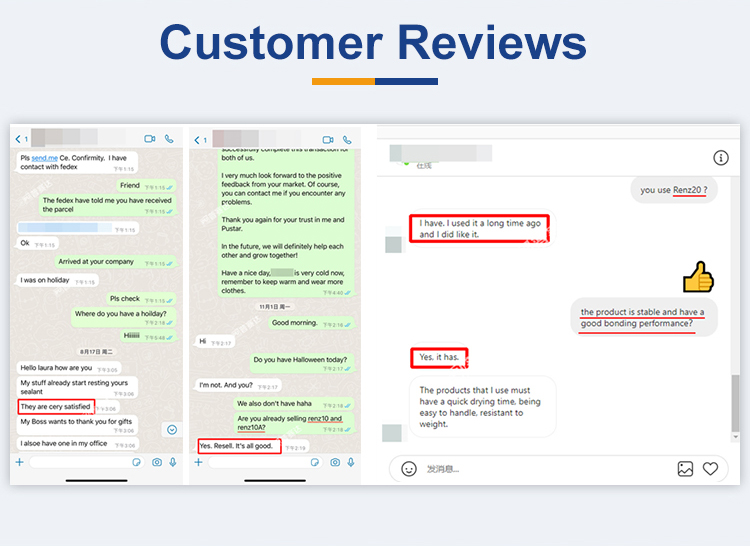
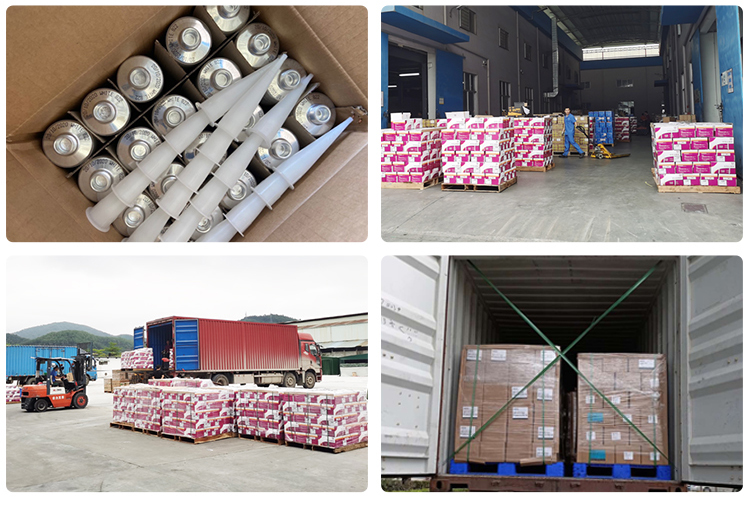
Hose sealant use steps
Expansion joint sizing process steps Prepare construction tools: special glue gun ruler fine paper gloves spatula knife Clear glue utility knife brush rubber tip scissors liner Clean the sticky base surface Lay the padding material (polyethylene foam strip) to ensure that the depth of the padding is about 1 cm from the wall Pasted paper to prevent sealant contamination of non-construction parts Cut the nozzle crosswise with a knife Cut the sealant opening Into the glue nozzle and into the glue gun The sealant is uniformly and continuously extruded from the nozzle of the glue gun. The glue gun should move evenly and slowly to ensure that the adhesive base is fully in contact with the sealant and prevent bubbles or holes from moving too fast Apply clear glue to the scraper (easy to clean later) and modify the surface with the scraper before dry use Tear off the paper
Hard tube sealant use steps
Poke the sealing bottle and cut the nozzle with proper diameter Open the bottom of the sealant like a can Screw the glue nozzle into the glue gun








